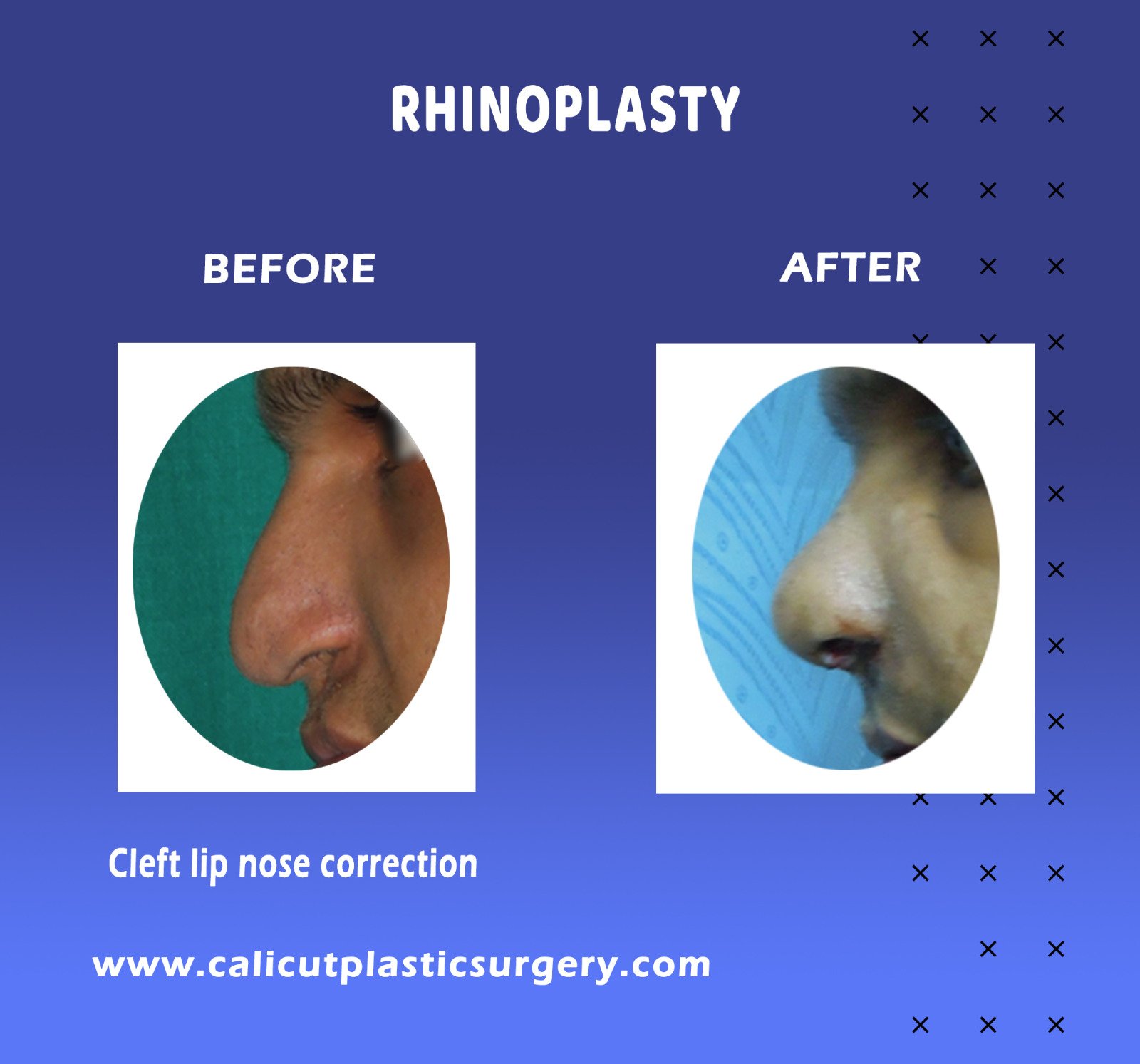Nose is the center of face and nasal deformities highly obvious. Correcting the deformation of nose can improve facial aesthetic appearance to a great extent. Surgery for the nose or Rhinoplasty is done to improve the shape or function of the nose and is one of the most popular cosmetic surgery procedures worldwide. It can be carried out to make the nose look smaller or bigger, improve the alignment of the nose or improve the shape or size of the nostrils. The skin of the nose is separated from the bone and cartilage and the bone and cartilage is reshaped surgically to give the desired result.
In Rhinoplasty one or more of the following procedures are done:
- Elevation of depressed nose by adding cartilage, bone or implant.
- Removal of hump.
- Reduction of bulk of the tip.
- Reshaping of nasal bones.
- Elevation of tip of nose.
- Reduction of size of nostrils
The incisions are usually given from inside the nose & therefore no postoperative scars are usually visible from outside.
Rhinoplasty (cosmetic nasal surgery) can improve the shape of your nose. Alterations can be performed to shorten a long nose, narrow a wide nose, reduce a wide tip, lower a high nose, straighten a crooked nose, and improve the breathing in cases of nasal stuffiness. When surgery is performed to improve nasal breathing, the procedure is called septorhinoplasty. This is done keeping with the goal of reshaping the nose so that the nose is in balance with the other facial structures and has a natural appearance. To maximize the appearance of your profile, augmentation or reduction of the chin may be recommended. This will depend on the degree of development of your jaw bone.
Rhinoplasty is usually performed under general anaesthesia. You may wear an external splint on the nose for 7-10 days depending on the extent of surgery performed. Packs may be kept inside your nose to support the surgical site. During this time, you can resume non-stressful activities like bathing, shampooing, and walking. After the splint is removed, the nose will be swollen for a few weeks. However, within 2 weeks following surgery, most patients can return to work and resume full activities.


